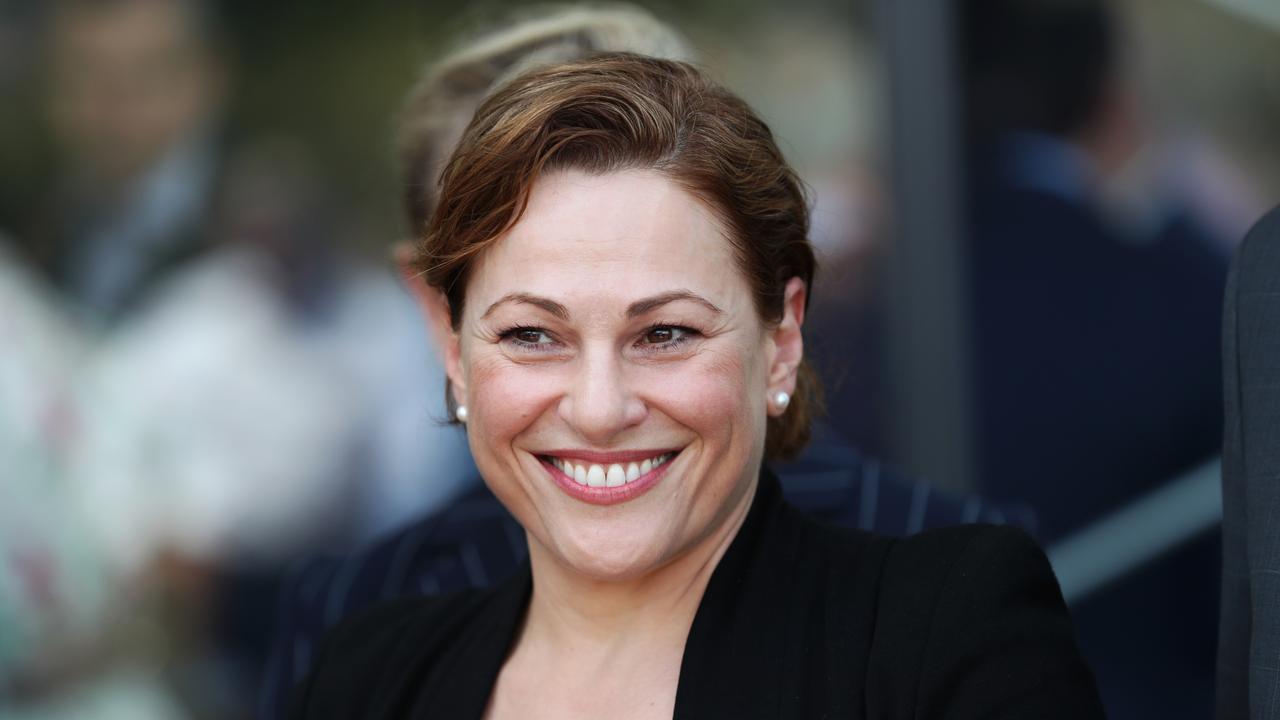Schools' $50,000 Gonski setback
ABOUT 10 per cent of public schools in NSW will lose money next year under the funding model introduced by the state government.
ABOUT 10 per cent of public schools in NSW will lose money next year under the needs-based funding model introduced by the state government, despite Julia Gillard's commitment that no school would lose a dollar under the Gonski reforms.
School by school funding levels for disadvantaged and Aboriginal students released by the NSW government yesterday show 187 of the state's 2220 schools will lose up to $50,000 each next year.
This is a consequence of the state recalibrating its funding model to the needs of individual students rather than programs funding selected schools.
About 90 per cent of the state's schools will receive extra money, ranging from $78 to $1939 per student. Funds for more than 1440 schools are doubled and for 13 the changes mean more than $500,000 of extra money next year.
Unveiling the details of the government's new resource allocation model for funding schools, NSW Education Minister Adrian Piccoli said the new system allowed funding to be linked to students rather than schools, and would be updated each year to take account of changes in enrolments.
"I think the commonwealth was wrong to say (no school would lose a dollar)," Mr Piccoli said.
"The Gonski report didn't recommend that no school lose a dollar -- that's a political commitment," he said.
"We can have a political funding model or we can have a needs-based funding model. I've made the decision we're going to have a needs-based model."
The director-general of the Education Department, Michelle Bruniges, said the commitment that no school would lose a
dollar was a commonwealth promise that did not bind the state government.
"It was a previous federal government commitment and far from a NSW commitment," she said.
Addressing concerns that extra spending in schools is not improving student results, Dr Bruniges said the department would be taking a more proactive approach in ensuring schools spent their money effectively, and was building an evidence base of strategies for schools to consult.
"I don't think we have done a good job in the past at drawing a distinction about what programs work and which ones don't work and making that very public," she said.
"If we can communicate . . . about what we know from the educational community that works and doesn't work, and it's helpful for parents and teachers, we should do that."
The new model comprises three tiers of funding: a base school allocation which is set at the 2013 level and covers staffing; equity loadings providing extra money for Aboriginal students and those with low levels of disability, poor English and other disadvantages; and a third tier of students who face major disadvantages.
The system will be phased in over three years, with the first two loadings for Aboriginal and disadvantaged students to be introduced next year. All schools in the state will be given control of their budgets from 2015.


